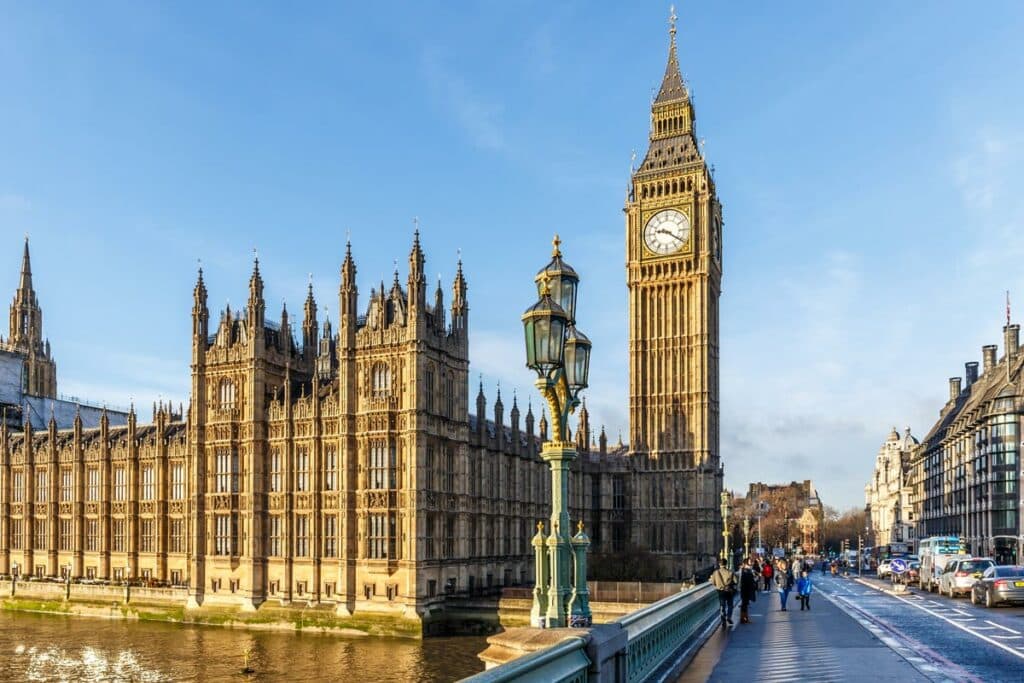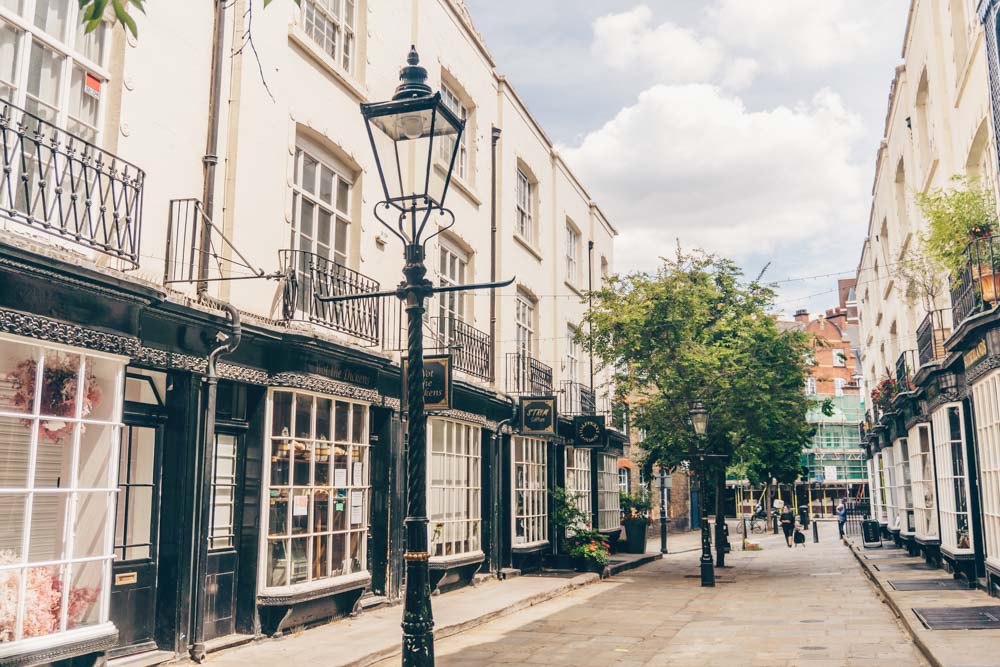11 women were murdered in London’s East End between April 1888 and February 1891 – these would come to be known as The Whitechapel Murders.
The police at the time were certain that at least 5 of these mysterious killings, taking place over a 9 week period between August and November 1888, were linked. And when a letter was sent to the police during the last week of September, signed-off with his now-infamous nickname, the police knew that they had their suspect: Jack the Ripper.
London – and the rest of the world – has since been fascinated by this story. There are Jack the Ripper walking tours and even museums dedicated to the serial killer. Both of which are highly recommended.
Historian Hallie Rubenhold certainly ruffles some feathers with her approach to these horrendous crimes. She makes it clear in her brilliant podcast, Bad Women: The Ripper Retold, that she couldn’t care less about Jack, but instead wants to know more about the life of the women.
As she so eloquently puts it, “Jack the Ripper may have killed these women, but Victorian society was the accomplice”.
We couldn’t agree more.
Jack the Ripper: The Story We’ve Been Told and Why We Should Rethink It
If you’ve never lost an afternoon to a documentary about the curious case of Jack the Ripper before, you may have plenty of questions. Who was Jack the Ripper? Did they ever catch Jack the Ripper? And so on.
We hate to break it to you, but nobody knows. And it’s likely we never will.
The narrative that often gets thrown around revolves solely around the infamous ripper’s methods and why he was never caught, but by focusing on this you’re missing out on the really important part: who were his victims?
It’s safe to say that Jack had his particular modus operandi – or way of conducting the murders – and it’s true he rarely deviated from this. This is why expert historians and forensic-buffs are so sure that the Canonical Five were the work of the ripper.
But who were Jack the Ripper’s victims? Push your morbid curiosity aside and let’s take a deep dive…
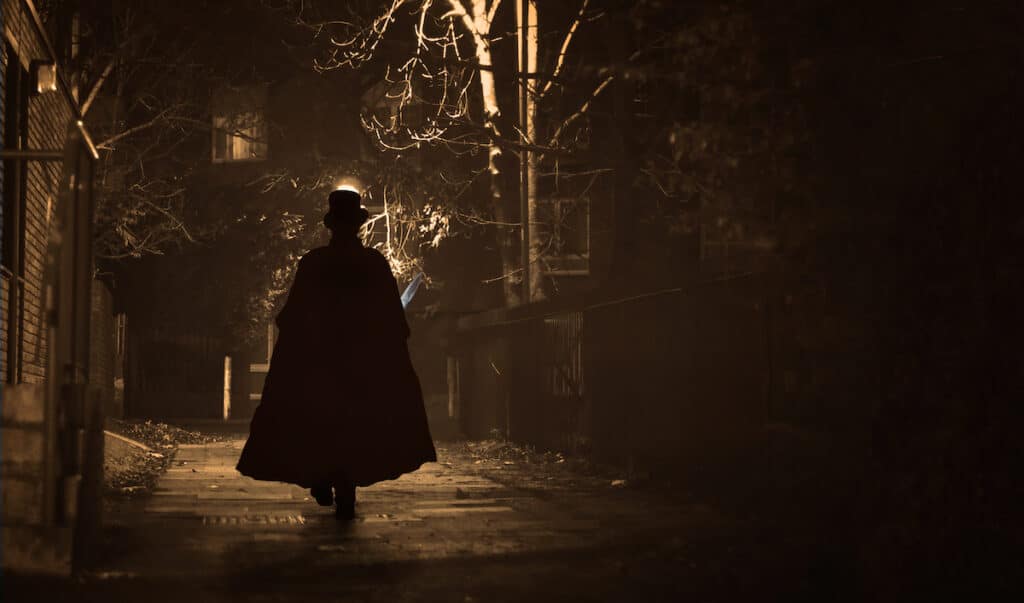
Jack The Ripper’s Victims
Mary Ann Nichols (Polly)
1845 – 1888
Known by her friends and family as Polly, Mary Ann Nichols was believed to be Jack’s first victim.
In a trend that runs apparent with the rest of the women targeted, Mary had a difficult life. Before she was murdered on 31st August 1888, she had struggled with alcoholism and poverty since splitting up with her husband and leaving her children in 1880.
It was very normal at the time for those who were poor to live in common lodging-houses; living conditions were barely regulated during the Victorian era, though a recent Government reform had ensured that each lodger was entitled to a bed and blanket, as opposed to the shoddy mattress on the floor that had previously been offered.
Before she was killed, Mary resided between two common houses in the Spitalfields area and both cost a fourpence for a bed for the night – an amount she had struggled to make on the particular day in question.
Despite her pleas to be accepted into a lodging house Mary was turned away and was left to wander the streets of East London on the evening of 30th August.
Around 3:45am, Mary’s mutilated body was found in Buck’s Row in Whitechapel by a Carman named Charles Allen Cross – she was also later discovered to be disembowelled.
Annie Chapman
1841 – 1888
Whilst each of the Ripper murders was incredibly disturbing, we think that the killing of his second victim, Annie Chapman, was particularly tragic.
As you can imagine, Annie hadn’t had an easy life. She had separated from her husband and children; made most of her money by selling matches and flowers on the street; and even resorted to selling her body to make ends meet – another trend found in Jack’s victims.
Annie was thought to be an extremely likeable character, though it has to be said that she was not in the best of health and enjoyed a drink.
On the night of her death, she was found in the Crossingham’s common lodging-house slightly tipsy and was soon sent on her way when it was discovered she didn’t have a fourpence for board.
At 6am on 8th September 1888, Annie’s body was discovered lying between the steps and the fence near the house – mere inches from the property she had been turfed out of.
Elderly resident John Davis soon alerted everyone to the deceased – it’s reported that passers-by had heard her calling out for help throughout the night, though this was ignored as it was fairly commonplace in East London at the time.
Elizabeth Stride
1842 – 1888
Let us introduce you to Elizabeth Stride, Jack the Ripper’s third-known victim.
Born in Sweden, Elisabeth Gustafsdotter emigrated to England in 1866 and married John Thomas Stride. They moved to the East End and opened up a coffee shop in Poplar, though they separated a few years later and Elizabeth soon turned to the bottle to cope.
On the night of her death, Elizabeth was drinking at The Queen’s Head on the corner of commercial road before she returned to her common lodging-house. She was later spotted outside with a potential client – or possibly a friend – and could be heard chatting to him calmly.
Louis Diemschutz was the one to find Elizabeth’s body around 1am. At first he believed it to be his wife, so he ran into the club next door where she had been; he found her inside, and returned with a group of men to identify the deceased body outside.
Because Elizabeth had not been mutilated in the same way that Jack’s other victims had (i.e. the modus operandi was different), many people at the time suspected that this was not in fact the work of Jack the Ripper, while some argue he was simply disturbed mid-kill.
Though just a few hours later, he struck again within walking distance of Stride’s body…
Catherine Eddowes
1842 – 1888
Catherine Eddowes was discovered less than an hour later after Elizabeth Stride.
Yet again, Eddowes had lived a difficult life: she lost her parents when she was young; was reportedly in an abusive relationship with Thomas Conway, with whom she had three kids; and she resided in a common house at the time of her death.
In fact, just hours before her murder, she was arrested and locked in a prison cell at Bishopsgate Police Station for being drunk and disorderly. She was kept there until she was deemed sober enough to leave – around midnight.
At 1:35am, three witnesses saw her talking with a man near Mitre Square… and just ten minutes later she was discovered by a policeman. Her body was mutilated and disembowelled, just like Jack’s other victims.
Mary Jane Kelly
1863 – 1888
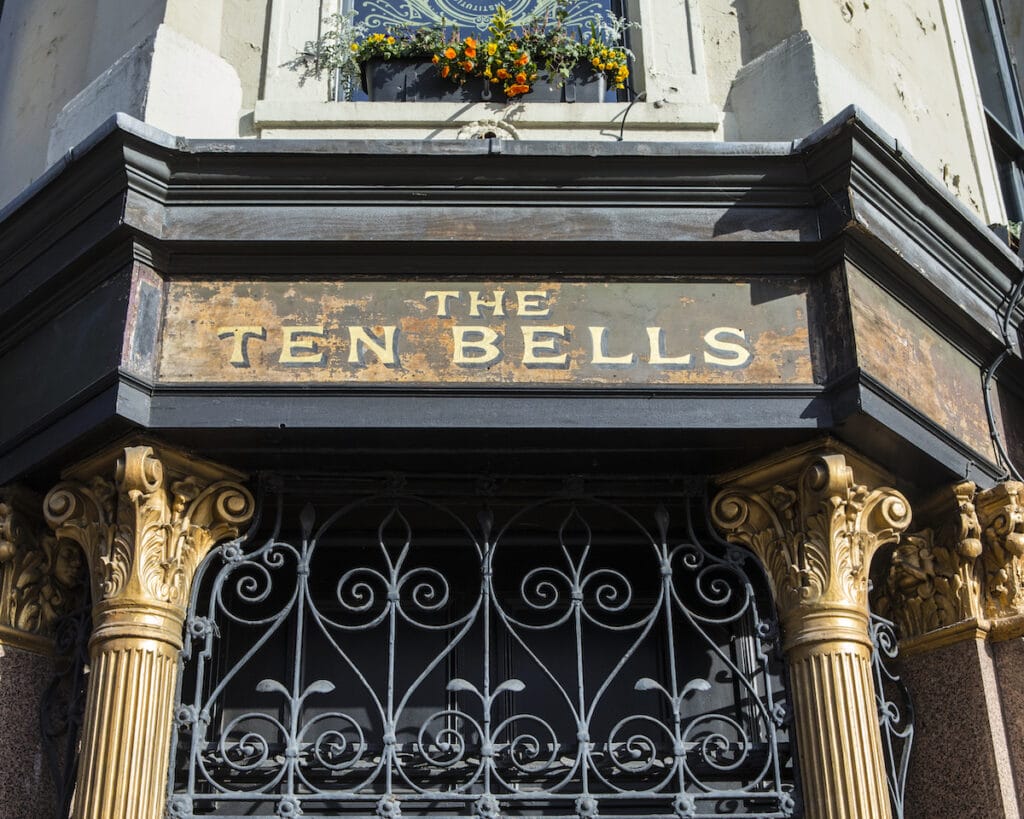
Mary Jane Kelly may have been Jack the Ripper’s final victim, but not too much is known about her life – just what she told boyfriend Joseph Barnett.
It’s believed that she was born in Limerick, but lived in Wales as a child and eventually entered into prostitution in Cardiff after the death of her first husband.
She moved to London around 1844 and lived quite the high-life at first; she enjoyed trips to France and even moved to Paris for a few weeks before returning back to the big smoke.
But that glamorous life soon fell away from her. Mary relocated to East London where she met Joseph Barnett and fell back into her old ways of prostitution, in order to afford the rent for their house in 13 Miller’s Court.
Miller’s Court was located opposite where the Ten Bells Pub stands today – in fact, the pub was previously named the Jack the Ripper due to its gruesome associations with the serial killer.
Fast-forward to the 9th November and Mary was seen entering Miller’s Court with a man in the early hours of the morning. But it wasn’t until around 10:45am that she would be discovered.
Her landlord sent his assistant Thomas Bowyer over to her house to demand rent money – he was horrified when he found lots of blood covering the house and later returned with the landlord, where they found her body on the bed.
Jack the Ripper Crime Scenes
The murders took place mainly in the Whitechapel and Spitalfields areas – which is why they got given their infamous nickname, ‘The Whitechapel Murders’.
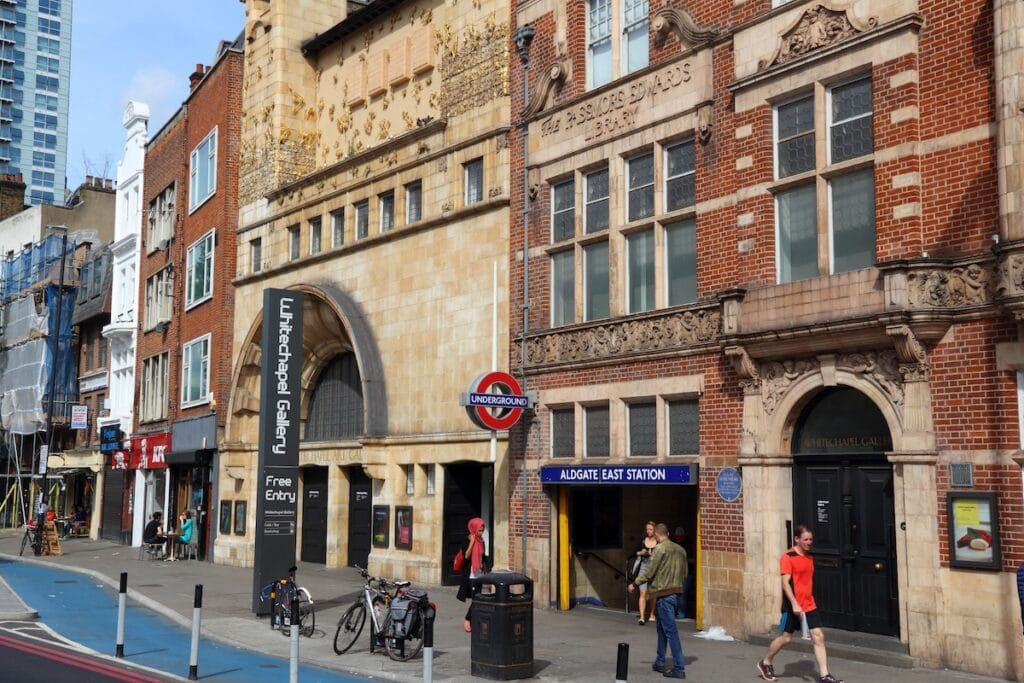
East London was known for being incredibly poor during Victorian London and so it appears that Jack targeted the vulnerable. Whether this was purposeful or not, we’ll never know – but it seems like too much of a coincidence to ignore.
The Ten Bells pub, opposite where Mary Jane Kelly met her tragic fate, still stands in the area today (and it’s actually one of our favourite spots to drink near Brick Lane).
Jack the Ripper Suspects
Since the crimes took place over 100 suspects have been named, and plenty of historians and true crime aficionados are still squirrelling away at all the evidence trying to find out whodunnit.
It’s likely the real suspect will never be discovered, though there are plenty of prominent Jack the Ripper theories…
One of the top suspects is Aaron Kosminski (1865 – 1919). He was a Jewish man of Polish descent and was first admitted to Colney Hatch Lunatic Asylum in 1891 – a couple of years after Jack the Ripper’s gruesome murder’s came to a sudden stop.
It’s believed that he was suspected at the time, though there was little evidence that could prove his association to the Canonical Five.
According to a recent paper published in the Journal of Forensic Sciences, Kosminski is the most likely suspect. David Milled Ph.D states that:
“I was able to identify body cells that were consistent with the presence of seminal fluid on the shawl and which enabled us to match DNA with the descendants of one of the suspected killers, Polish immigrant Aaron Kosminski”
The shawl in question is said to have belonged to Eddowes and was thought to have been recovered from the crime scene.
Though, it’s safe to say that this is a fairly divisive piece of evidence – the reliability of this DNA, as well as whether this shawl even belonged to the victim, is debated by many historians.
Other names that are often thrown around when discussing the infamous killer include Montague Druitt and Carl Feigenbaum. Though, as we’ve already mentioned, it’s unlikely the killer’s true identity will ever be revealed.
How to Explore Jack the Ripper’s London
- If you want to explore all the sites related to Jack the Ripper’s grisly murders, taking a Jack the Ripper walking tour is the best way – a guide will walk you through Whitechapel, pointing out all the different spots of interest.

